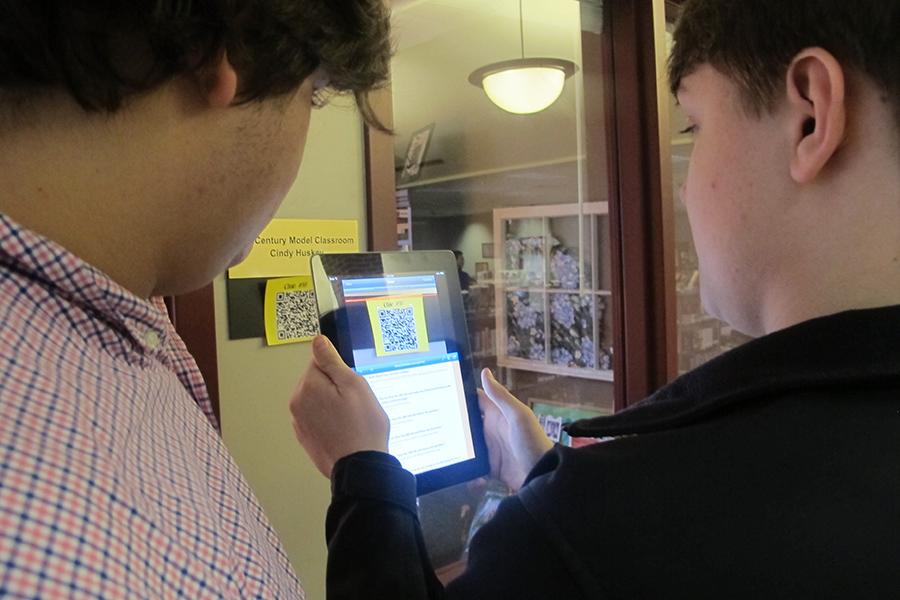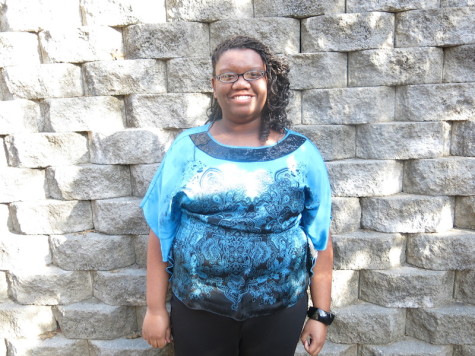Let’s look back nostalgically on the simple days when typewriters were the closest things to laptops and cellphones were carried around in briefcases. The days of yesterday have come to an end. Today literacy is more than being able to read and write. “In a technology-saturated society, the definition of literacy now requires competence with technological devices,” The Literary Council of West Alabama states.
The internet puts many sources at students’ fingertips. Unfortunately the Internet can lie, and this is when the Media Center becomes a priceless resource. All sources in the library have been carefully reviewed and found to be a legitimate source. Being able to navigate through this information with ease will be an invaluable skill for anyone who wants a higher education in every major from medicine to theater.
Cindy Huskey has taken on the role as someone who seeks to prepare students for the expectations of the future. “Everything in school and outside of school revolves around information. My job is to teach information literacy,” she said.
In order to educate the students on how to find specific items in the Media Center, Huskey has instituted a creative way of demonstrating the system through a scavenger hunt using QR codes.
Today Quick Response codes are plastered everywhere from subways to billboards. These codes are similar to the bar line codes that are scanned when checking out items at convenient stores. When scanned, they send the user to other media files. So how do you scan these codes? With a QR Code Reader which downloads easily like an App, users are able to scan these codes. Simply taking a picture of the code your smartphone will scan the code and take you to the new link.
Quick Response codes are used everywhere from major corporations to the literary magazine of Bob Jones High School. “QR codes take the story past the page and creates an interactive experience for the reader,” said Madelyn Wong, editor of The Eclectic.
How are QR codes used to teach students technological literacy? Students are provided with iPads and move through the library where QR codes have been scattered as clues to the scavenger hunt. QR codes prompt them to find other clues in the library. As they do so, they discover everything there is to know about the Media Center. One particular skill that is enhanced is the students’ understanding of the Dewey Decimal system used in most libraries.
“It was challenging… the Dewey Decimal System is confusing,” stated Parker Harless, “But I liked it.” Other students were pleased with the implementation of technology. “It was better than the normal presentation,” says Bob Jones student Jayla Crump. “It was fun.”
Many teachers and administrators would agree that simply learning technological literacy is not enough. “It’s about putting it in practice,” states English Teacher Jan Priest.
For many the library is just a place to check out books. While Bob Jones High School has just gained 120 brand new books that are itching to be read and is also accepting donations, the Media Center offers much more to students who know how to utilize it properly, a skill that is priceless. Literacy today is not the literacy of yesterday. Literacy is now being able to read, write and being able to use technology.


